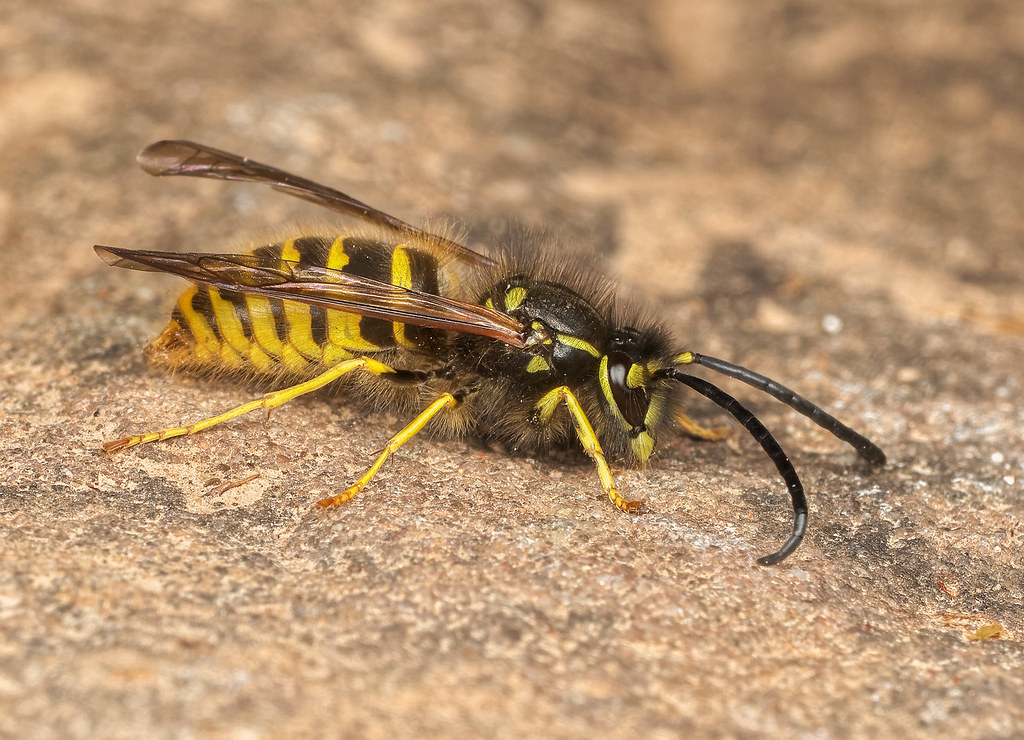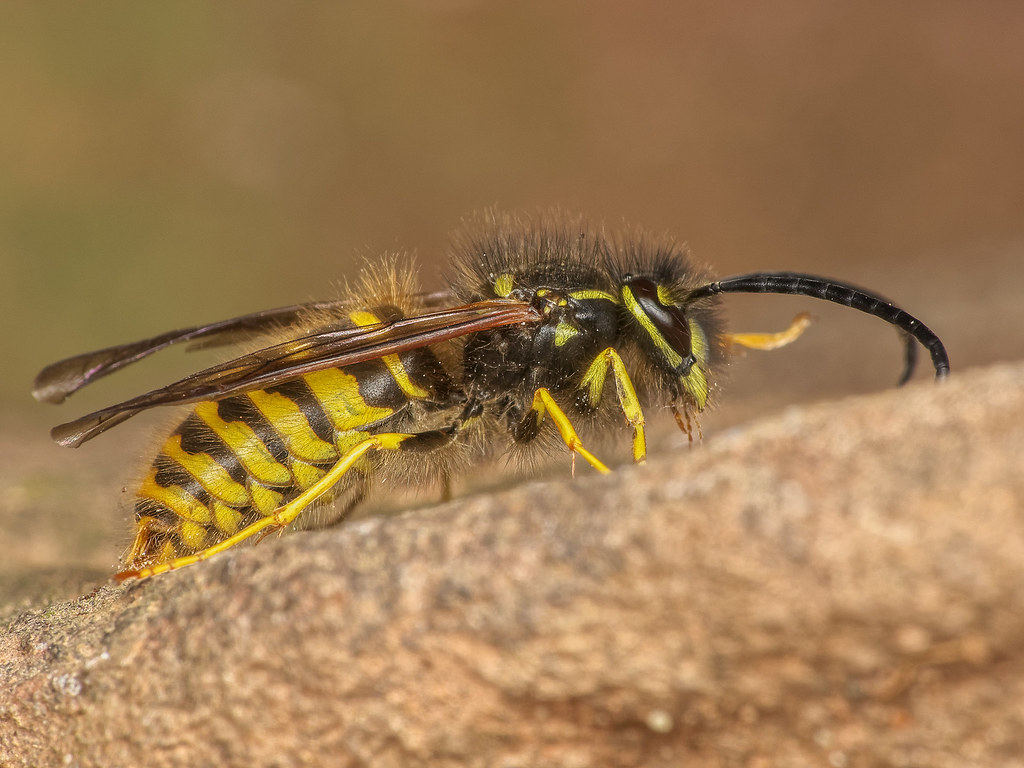GardenersHelper
In Memoriam
- Messages
- 6,344
- Name
- Nick
- Edit My Images
- Yes
I found this wasp today wandering over some stones we have piled up on the patio.
#1

1036 1 2016_11_26 P1170644_DxO RAW01a100 SP7 LR6 1300h by gardenersassistant, on Flickr
#2

1036 2 2016_11_26 P1170652_DxO RAW01a100 SP7 LR6 1300h by gardenersassistant, on Flickr
#3

1036 3 2016_11_26 P1170653_DxO RAW01a100 SP7 LR6 1300h by gardenersassistant, on Flickr
#4

1036 4 2016_11_26 P1170649_DxO RAW01a100 SP7 LR6 1300h by gardenersassistant, on Flickr
#5

1036 5 2016_11_26 P1170646_DxO RAW01a100 SP7 LR6 1300h by gardenersassistant, on Flickr
#1

1036 1 2016_11_26 P1170644_DxO RAW01a100 SP7 LR6 1300h by gardenersassistant, on Flickr
#2

1036 2 2016_11_26 P1170652_DxO RAW01a100 SP7 LR6 1300h by gardenersassistant, on Flickr
#3

1036 3 2016_11_26 P1170653_DxO RAW01a100 SP7 LR6 1300h by gardenersassistant, on Flickr
#4

1036 4 2016_11_26 P1170649_DxO RAW01a100 SP7 LR6 1300h by gardenersassistant, on Flickr
#5

1036 5 2016_11_26 P1170646_DxO RAW01a100 SP7 LR6 1300h by gardenersassistant, on Flickr






